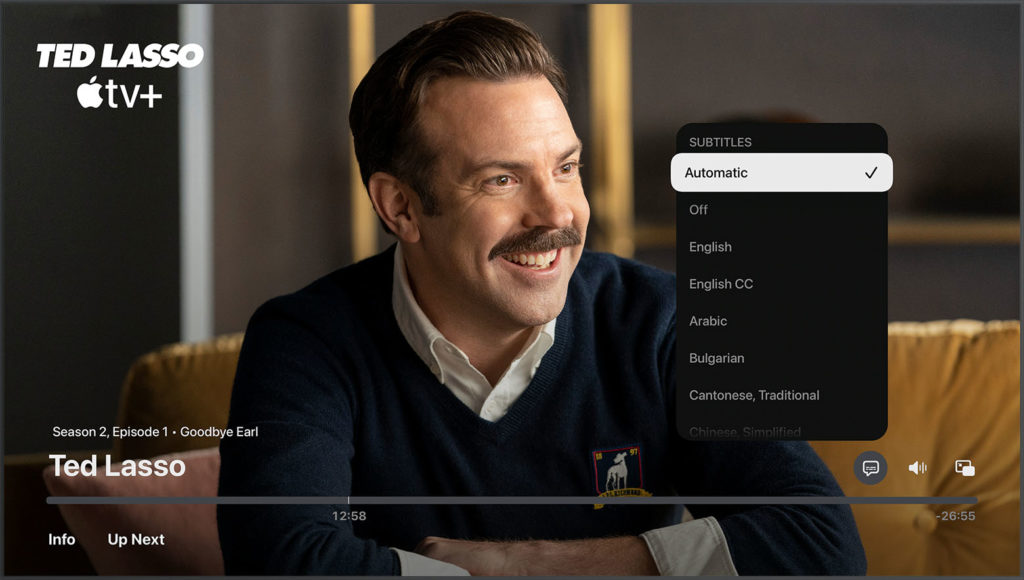Intralingual captions assist individuals who cannot hear entertainment whether it is in a situational or medical setting. The captions are written in the same language as the audio of the entertainment and they are displayed synchronized with the audio. Captions will include non-speech elements such as sounds so that viewers who may have a hearing disability can still understand plots of shows or other entertainment. The first time that captions were debuted was not until 1970, over 40 years since the invention of television. They were introduced on Julia Child’s show, “The French Chef”. Now, 40 years later, the Federal Communications Commission rules that captions must be accurate, synchronous, complete and properly paced (fcc.gov).
The social model framework views disability as something that society should accommodate for. It believes that society should work to find a solution for people who have a disability so that they can participate in activities that could be limiting if they have no accessible solution. When I initially wrote this part of the blog post, I said that under the social model framework, intralingual captions were an accessible solution to viewing entertainment for people who are deaf or hard of hearing. I thought this because it would allow people with a hearing disability to work around the obstacle of not being able to understand the context of a show because of the lack of audio, therefore, changing an element of society to assist a disability. That being said, after thinking further on this, I came to the conclusion that the social model framework views captions as not accessible. When I thought more on the fact that the social model framework views disability as something that society should accommodate for, I realized that if society is changing to allow people who have hearing disabilities to participate in full, then the real accessible solution would be TV shows in ASL. Writing TV shows in ASL changes society to fit the needs of a person with a hearing disability and allows that person to participate completely and fully in viewing entertainment.
The medical model views disability as a medical problem that prevents a person from having a good quality of life. They see a disability as something that needs to be cured or fixed. The medical model understands that a person with a hearing disability prevents a person from enjoying entertainment, and that they could not enjoy entertainment unless something was fixed biologically. The medical model would view a hearing disability as a disruption of daily life. Under this framework, it would not deem captions accessible since it is not a solution to the disability but rather, a solution to being able to watch television. They have nothing to do with treating the disability themselves and there is no fix that the medical model would see. The medical model framework views deafness as the problem to solve.
The functional solutions model views disability as a problem to be solved. In contrast to the other two frameworks, captions would be considered accessible under this framework. Intralingual captions act as a technology that assists people who have hearing disabilities to overcome the inability to understand and enjoy online entertainment. The focus under the functional solutions model is on innovation, and less involved with the political aspects of the disability. The solution of captions meets people with a hearing disability where they are and provides an innovative solution for them.
I see the functional solutions model as a middle ground to the three frameworks. This framework does not try to “fix” the biological problem but rather it finds a feasible solution that is desired by a wide range of people. Additionally, The benefits of intralingual closed captions is for everyone, not just those who have a hearing disability. There may be moments that people have situational deafness whether there are loud noises, or a person is in a crowded space. Closed intralingual captions are an innovative design to enhance viewing experiences for all people.
